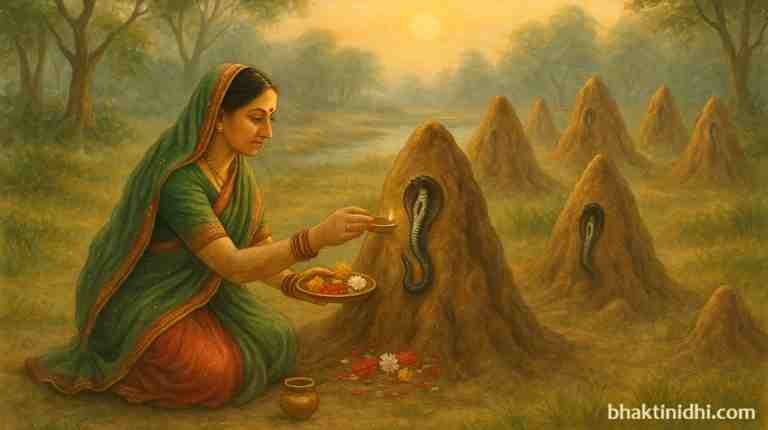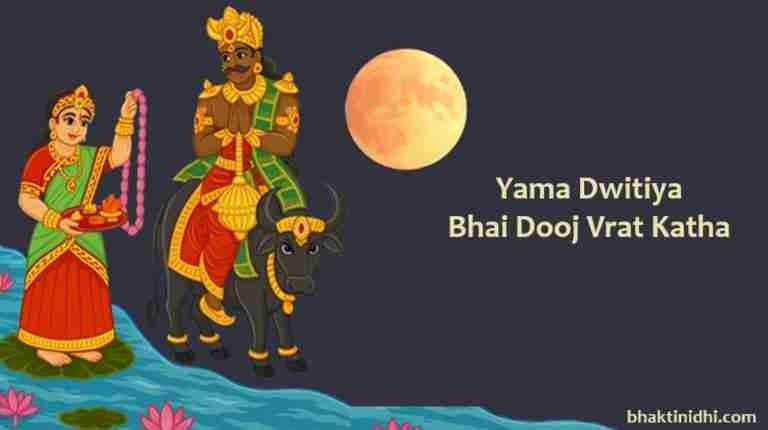Ugadi (also known as Gudi Padwa in Maharashtra) is the New Year festival celebrated predominantly in the southern and western parts of India, especially in the states of Andhra Pradesh, Telangana, Karnataka, Maharashtra, and diaspora of these states elsewhere in the world. It typically falls in the Chaitra month of the Hindu lunar calendar, which is usually around March or April. Ugadi marks the beginning of the new lunar year for people in these regions and is celebrated with great enthusiasm, joy, and devotion.
Ugadi Festival
Significance of Ugadi
Ugadi comes from two words: “Yuga” meaning age or era and “Adi” meaning beginning. Hence, it signifies the beginning of a new era or age. It is a time to reflect on the past year and welcome the fresh opportunities and challenges of the upcoming year with positivity and hope.
The festival is deeply connected with the concept of time and the cyclical nature of life. It is believed that this day marks the creation of the universe, and thus, it’s celebrated as the beginning of the cosmos and life itself. The day is considered auspicious for new beginnings—be it for starting a new venture, buying a house, or making important decisions.
In Vedic astrology, the day of Ugadi holds great significance. It falls under the auspicious Sadhe Teen Muhurat, a special period in the Hindu calendar. Ugadi, along with Akshaya Tritiya, Vijaya dashami, and half of Bali Pratipada, constitutes the Sadhe Teen Muhurat. On these days, no separate Muhurat is needed for any important work or rituals, as it is believed that any activity undertaken will yield positive and favorable results.
Ugadi 2026 date
In 2026, Ugadi will be celebrated on 19th March.
Traditions and Celebrations
Rituals and Prayers
- Ritual bath: People wake up early and apply oil to their body and take a ritual bath, which is believed to purify the body and soul.
- New Clothes: Wearing new clothes is an important part of the festival, symbolizing a fresh start. People often wear traditional attire for this occasion.
- Prayers: Devotees visit temples or perform pujas at home to seek blessings for a prosperous year ahead. Special prayers are offered to Lord Vishnu, as Ugadi is considered his day.
Ugadi Pachadi
A unique feature of the Ugadi celebration is the preparation of Ugadi Pachadi, a special chutney-like dish made from a variety of ingredients, symbolizing different aspects of life. These ingredients include:
- Tamarind (sour) – symbolizes the sour experiences in life.
- Jaggery (sweet) – symbolizes the sweet moments in life.
- Green chilies (spicy) – symbolizes the challenges or bitterness one faces.
- Salt – symbolizes the necessary hardships or the “salty” experiences of life.
- Neem flowers (bitter) – symbolizes the bitter aspects of life.
The idea is to balance the sweetness, bitterness, sourness, spiciness, and saltiness of life, reflecting the various emotions and experiences we go through. The combination represents life’s ups and downs, reminding people to accept all aspects of life with equanimity.
Ugadi Pachadi is the highlight of the day, and it’s typically eaten first thing in the morning after reciting the Ugadi Prasada Praasana Slokam.
Ugadi Panchanga Sravanam
Ugadi Panchanga Sravanam is a key part of the Ugadi festival celebrations. It involves the reading or hearing of the Panchanga (the Hindu calendar), which provides insights into the coming year. This is typically done in temples, community halls, or even at homes with family members gathered around.
The key purpose of Ugadi Panchanga Sravanam is to give people a preview of the upcoming year based on the positions of celestial bodies and the influence of time. It’s believed that by listening to this panchangam, one can understand the astrological conditions that will prevail throughout the year and thus plan important events, rituals, and activities.
Ugadi Festival in Different Regions
Andhra Pradesh and Telangana: Ugadi is celebrated with great fervor, where people create a grand feast with traditional dishes. Yugadi Panchangam is read out, predicting the events for the year.
Karnataka: Similar to Andhra Pradesh, Ugadi is celebrated by visiting temples, family gatherings, and enjoying traditional sweets. People also celebrate by participating in street processions and other cultural events.
Maharashtra: In Maharashtra, this day is celebrated as Gudi Padwa, where people hoist a decorated flag known as the Gudi outside their homes. This flag is usually a bright cloth tied to a pole, adorned with flowers, neem leaves, and a sugar garland, symbolizing victory and prosperity. People also make puran poli (a sweet flatbread), which is a special dish during this time.
Rajasthan: The Marwari of Rajasthan celebrate the same day as Thapna, which marks as New Year in Rajasthani and Marwari calendars. Homas and Yajnas are also conducted on the day of Thapna.
Sindhis: Ugadi is celebrated as Cheti Chand by the Sindhi community. It is an important festival celebrated by Sindhi people of Pakistan and India. According to Hindu calendar, Cheti Chand is celebrated on the second day of Chaitra Shukla Paksha. Most of the times, it is celebrated one day after Ugadi.
Bali and Indonesia: The Hindus of Bali and Indonesia celebrate Ugadi as Nyepi.
Cultural Importance
Ugadi is more than just a New Year celebration; it’s about renewal and hope. It teaches the values of balance and acceptance—accepting life’s sweetness and bitterness, and understanding that all experiences are part of our journey. It’s a time to reflect on personal growth and renew one’s commitments for the year.
Ugadi is a day of optimism, bringing families together, and offering an opportunity to embark on new ventures, both personal and professional, with a fresh perspective.






